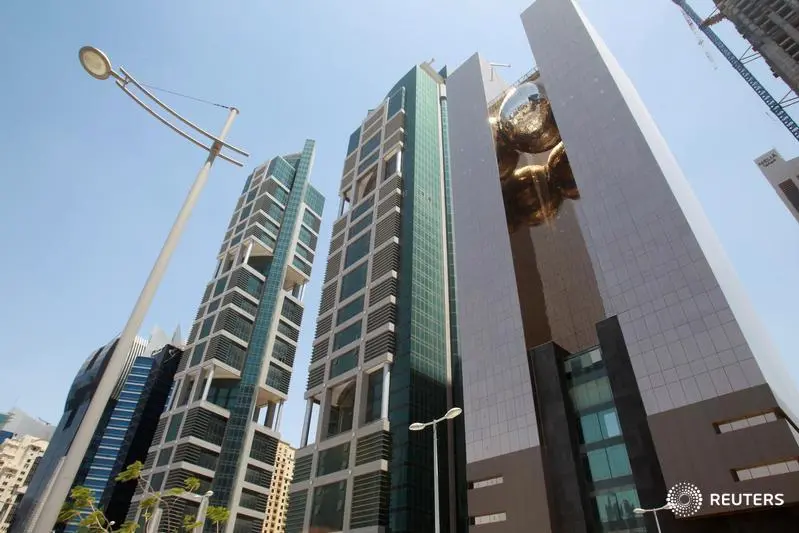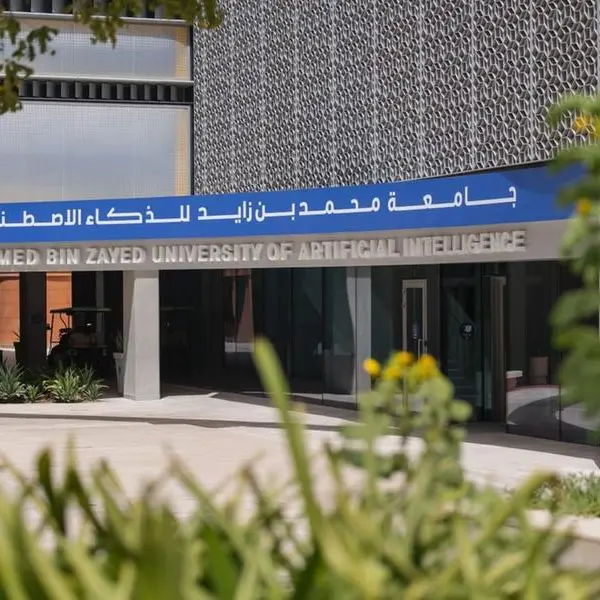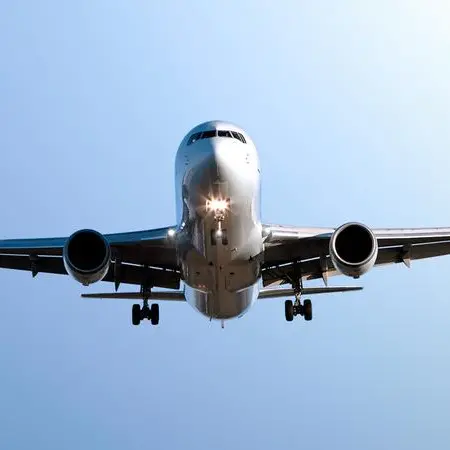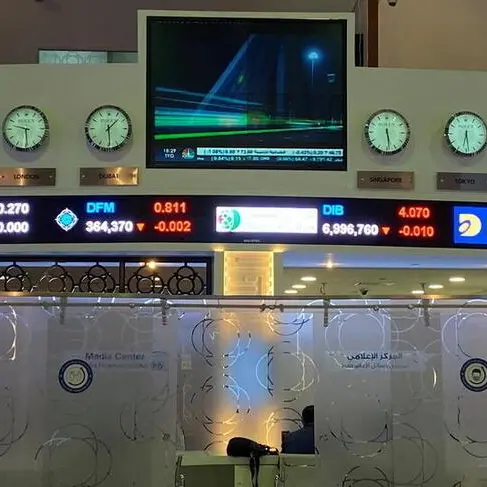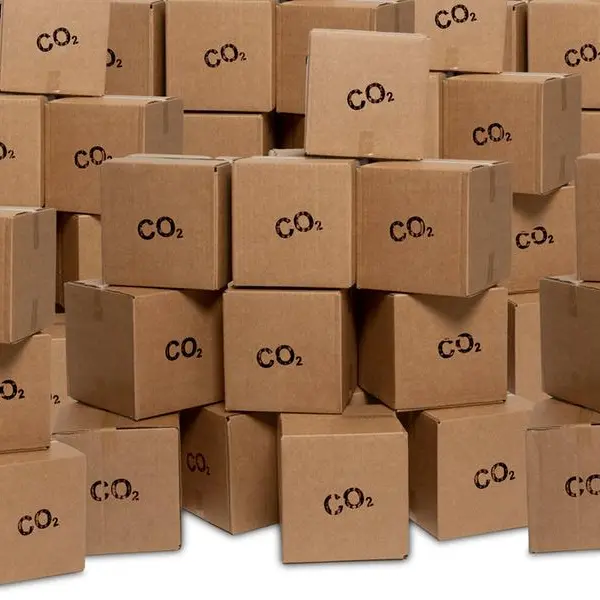PHOTO
Anurag Gupta, director and head of real estate advisory at KPMG Qatar, told Thomson Reuters Projects that the residential and commercial office segments “will continue to be under pressure (in terms of rental as well as occupancy) in the coming months across Doha”, due to potential oversupply in the market coupled with limited demand.
“After a continuous correction in real estate prices across asset categories over the last three quarters of 2017, we expect the real estate market in Qatar to stabilise gradually towards the second half of 2018,” he said.
The Gulf state saw its population increasing marginally to 2.64 million as of December 2017, registering 1.7 percent growth against December 2016.
The stagnating population growth, along with an influx of supply in the market, has had a negative impact on the country’s residential rental sector. This, according to data released by ValuStrat, has led to asking rental rates in primary residential locations falling by 15 percent over the past 12 months.
The country’s office rental market, which is largely driven by the government and energy sectors, also performed poorly in 2017, as asking rental rates declined by nine percent during the past 12 months, according to ValuStrat.
“In the short term, due to projected expansion in supply, both [residential and commercial] sectors may continue to incur market corrections. In the medium term, depending on anticipated oil price recovery and government support, the downward trajectory may stabilise,” said Pawel Banach, general manager, ValuStrat Qatar, in a press release earlier this month.
With regards to the retail segment, KPMG’s Gupta said rentals may continue to be in a similar range for existing leased stock, however, “future rentals will be under pressure due to a strong pipeline of upcoming supply in 2018”.
With the completion of Tawar Mall in Duhail last year, ValuStrat stated Doha’s total retail supply reached 1.75 million square metres in 2017, recording a 60 percent rise since 2016.
Mark Proudley, director of DTZ Qatar, said the country’s focus on boosting local productivity and food security is expected to lead to greater demand in the industrial and warehousing sectors.
“However, with multiple new warehouse schemes in the pipeline, the increase in supply should meet this greater demand, with rentals remaining stable,” he said.
New supply
Qatar’s residential supply reached to around 286,000 properties by the end of 2017, after around 6,600 housing units were delivered last year, according to ValuStrat. Moving forward, it stated, the rental rates in prime locations will continue to remain under pressure as 56 percent of 2018’s pipeline is expected to be delivered in large neighbourhoods such as such as The Pearl, West Bay and Lusail.
In the commercial sector, an estimated 750,000 sqm Gross Leasable Area (GLA) of office space was projected to be delivered in 2017, but only 52 percent of this was completed during the course of the year. This stock, once completed, is expected to spill over into 2018, causing the projected supply for the year to be upwardly adjusted to 940,000 sqm GLA, stated the consultancy firm in its report.
“The completion and handover of properties at the Msheireb and Lusail projects should accelerate in 2018, increasing supply of residential and commercial space significantly,” said Proudley.
Mshereib, in particular, he added, will be attractive to occupiers due to its central location and the range of onsite amenities offered by the mixed-use, master planned urban environment.
DTZ expects to witness increased demand for Lusail in 2018 now that the opening of Lusail Expressway has significantly reduced commuting times from existing business hubs such as West Bay. However, Proudley pointed out that “landlords will need to offer companies and individuals competitive rentals initially to attract them to relocate to an area that currently has limited amenity”.
DTZ, however, sees limited prospect of rental growth in any of the core real estate sectors in 2018.
Given the current market scenario, industry observers believe that there will be a growing trend for providing quality services, in terms of continuous asset management and attractive rentals (including rent-free periods) during the first half of 2018, resulting in an increase in transactional activities for leasehold premises.
“In the office and residential sectors we expect to see a flight to quality with occupiers looking to take advantage of the market to upgrade their business premises or living accommodation,” said Proudley.
Price index tumbles
Qatar’s real estate price index, issued by Qatar Central Bank (QCB), dropped 30 points during the last 12 months to 252.81 points in December 2017, from 282.82 points in January 2017, registering a 10.61 percent decline.
The monthly price index that was mostly stable during the first half the year – with the month of June recording 282.04 points – started tumbling in July after the onset of the diplomatic crisis between Qatar and four neighbouring states, and fell for five straight months before recovering slightly in December 2017.
While the start of the crisis in June initially caused some transactions to be postponed, Proudly said that “there has been limited long term effect on the real estate market” that can be directly linked to the crisis.
“The primary factor in the real estate market continues to be prices in the energy sector, the impact this has on government income and expenditure and in turn the real estate market,” he added.
However, London-based Capital Economics, in its report released earlier this month, said Qatar’s tourism and real estate sector was impacted by the diplomatic crisis, with tourism receipts between the start of the crisis in June and the end of 2017 dropping $600 million compared to the previous year; and real estate prices falling by 9.9 percent.
In its state budget for 2018, Qatar finance ministry has projected slightly higher spending and a marginally smaller deficit than 2017, Reuters reported in December 2017. The government said it’s expected to spend around 203.2 billion rials ($56 billion) in 2018, up 2.4 percent from the budget plan for 2017, with revenue climbing 2.9 percent to 175.1 billion rials. The majority of this will be allocated to capital expenditure, including the launch of new public facilities and the completion of infrastructure for the 2022 Fifa World Cup, with 29 billion rials ($7.97 billion) worth of contracts to be given out to support growth in the private sector in 2018.
(Reporting by Syed Ameen Kader; Editing by Anoop Menon and Michael Fahy)
(anoop.menon@thomsonreuters.com)
For more data, analytics, tools and news on projects in the Middle East visit the Thomson Reuters Projects portal
Our Standards: The Thomson Reuters Trust Principles
Disclaimer: This article is provided for informational purposes only. The content does not provide tax, legal or investment advice or opinion regarding the suitability, value or profitability of any particular security, portfolio or investment strategy. Read our full disclaimer policy here.
© ZAWYA 2018
